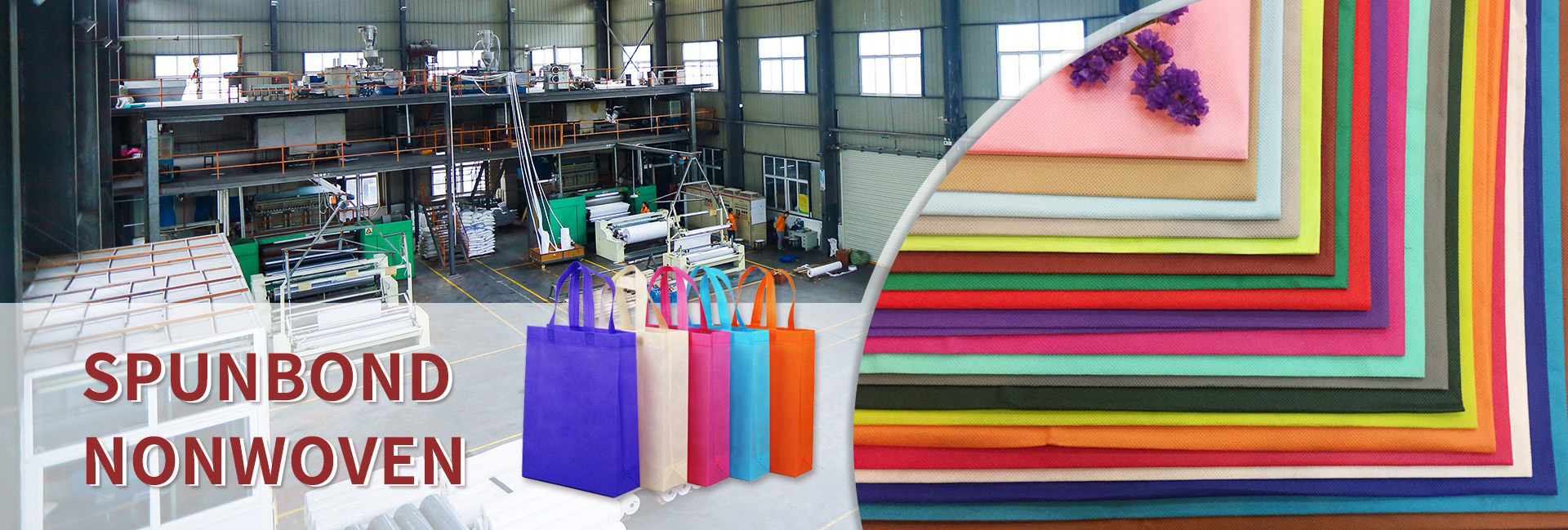Yes, spunbond nonwoven fabrics have excellent durability under specific designs and materials, and their durability mainly depends on the raw materials, process treatment, and application scenario. The following is a specific analysis:
Key factors affecting the durable spunbond materials
Raw material selection
Polypropylene (PP): The most common spunbond material, with chemical corrosion resistance, UV resistance (treated with additives), and tensile properties, suitable for long-term outdoor scenarios such as agricultural coverings and geotextiles.
Polyester (PET): It is more resistant to high temperature (more than 100 ° C) and has stronger anti-aging performance than PP, and is commonly used in automotive interior and industrial filtration and other fields requiring high stability.
Biobased polymers, such as PLA and other environmentally friendly materials, although have slightly lower mechanical strength than traditional plastics, can meet sustainable and durable requirements after specific modifications.
Structural design and post-processing
Two component fiber technology: By combining different materials (such as PET/PP) or designing special cross-sections (such as trilobal or orange petal), it enhances tear resistance and deformation resistance.
Reinforcement treatment: For example, hot rolling or needle punching processes can improve the compactness of the fiber mesh, making it more stable in geotechnical erosion prevention (such as tensile strength ≥ 30kN/m) or packaging and transportation.
Surface coatings, such as waterproof and anti-static coatings, can extend the service life of materials in humid or high friction environments.
Typical Durable Application Scenarios
Industry and Agriculture
Geotechnical erosion prevention: tear resistant spunbond fabric (such as 100% PP material) is used for roadbed reinforcement, slope protection, etc., and can withstand long-term mechanical stress and environmental erosion.
Automotive interior: High temperature resistant PET spunbond material is used for seat cushions, ceilings, etc., which can withstand temperature fluctuations and mechanical friction in the car.
Architecture and Packaging
Roof waterproof layer: PP spunbond fabric stabilized by UV treatment can resist sun and rain, with a service life of 5-10 years.
Heavy duty packaging bag: High grammage (≥ 100gsm) spunbond fabric achieves multiple repeated uses by enhancing fiber cross-linking.
Comparison with disposable products
The durability of spunbond materials can be differentiated through process adjustments:
Durable type: usually using high melting point polymers (such as PET), high weight (≥ 50gsm), and reinforcement processes, suitable for scenarios that require repeated use.
Disposable type: using lightweight (10-30gsm) PP, with low cost but weak strength, mostly used for hygiene products or short-term protection.
Summarize
The durability of spunbond nonwoven fabrics can be significantly improved through material optimization (such as PET or modified PP), structural design (two-component fibers, high weight), and functional treatment (UV resistance, waterproofing), especially in the industrial, agricultural, and construction fields, which have replaced traditional textiles. When selecting, a comprehensive evaluation should be conducted based on the mechanical strength, environmental tolerance, and lifespan requirements of the specific scenario.
Dongguan Liansheng Non woven Technology Co., Ltd. was established in May 2020. It is a large-scale non-woven fabric production enterprise integrating research and development, production, and sales. It can produce various colors of PP spunbond non-woven fabrics with a width of less than 3.2 meters from 9 grams to 300 grams.
Post time: Mar-25-2025

